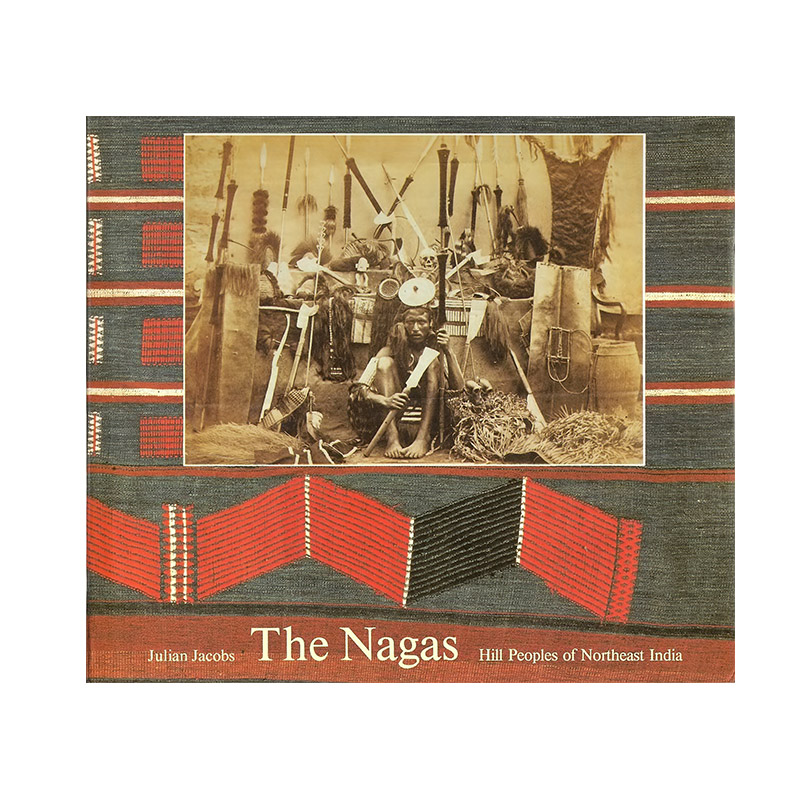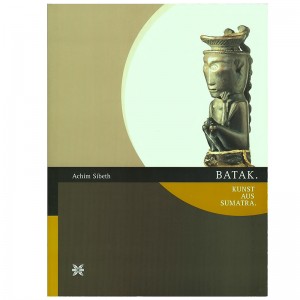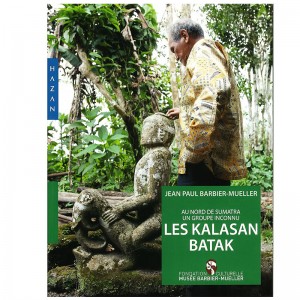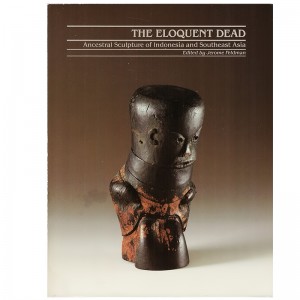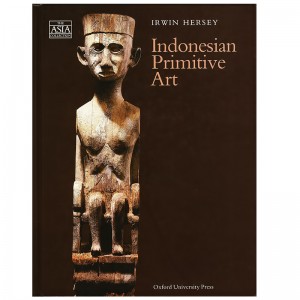THE NAGAS
Subtitle: Hill Peoples of Northeast India
Author: L. Perrois
Material Type: general or thematic Work
Publisher: Thames & Hudson Ltd, London, 1990. Hardcover with binding of draped beige editor under jacket illustrated in very good condition color, in-4, size: 25 x 23 cm, ISBN 9-780500-973882
Content: 360 p, 2 cards, library with 700 photographic illustrations b / w and col... including 250 color plates, notes, glossary
Additional information: original edition. Generously illustrated with photographic reproductions in color and black and white, including 700 photographs, including 250 full-page color plates displaying textiles, basketry, jewelry, weapons, jewelry and sculptures including many documentaries Photos on the ground. Annotation of the previous owner name on the title page.
State of the work: Very good condition
Description
Naga – Montagnards between India and Burma – Society, Culture and the colonial encounter. Hill peoples of North East India: Naga live on both sides of the Indo-Burmese border. In the years leading up to Independence India, Naga North East have come to serve as a model of society “exotic”. Mountain peoples, they had beliefs and a culture radically different from those of the Hindu population of the plains. They were also known for their fierce resistance to British colonizers and passed for d’actifs headhunters. Although they share a common cultural and social funds, thousands of small Naga stands located on inaccessible hills are not alike. Their political system varies, the egalitarian regime autocratic system. They speak a dozen different dialects and do not necessarily understand them. This diversity in unity is also reflected in the crafts in adornment and dress, textiles, basketry, sculptures and weapons. These objects, Due considerable wealth, are presented in this work by numerous color photographs. The authors relied on an extensive historical material and discussed how the concept of tribe was applied to the Naga; They have also put the emphasis on the importance of this fact has had in the development of “nationalism” Naga contemporary. A wide selection of documentary photographs of the colonial era complete this unique document on an original ethnic group.
Additional information
| Weight | 1580 g |
|---|---|
| Dimensions | 25 × 23 cm |
Related Products
-
BATAK
45,00 €Subtitle: KUNST AUS SUMATRA Author: A. Sibeth Material Type: Exhibition Catalogue. Museum für Völkerkunde, Frankfurt am Main: 11/03/2000 - 28/02/2001 Publisher: Museum für Völkerkunde, Frankfurt am Main, 2000. Paperback, 4to, size: 21 X 28 cm, ISBN 3-88270-399-7 Content: 191 p, 26 b / w photos, 115 col photos, 5 pl.n / b, 31 pl.coul, 1…
-
LES KALASAN BATAK
20,00 €Subtitle: North of Sumatra, an unknown group Author: Barbier-Mueller J.-P. Material Type: general or thematic Work Publisher: Editions Hazan, Paris, 2011. Paperback, 8vo, size: 18 x 24 cm, ISBN 9782754106177 Content: 236 p, 3 cards, library, numerous illustrations and photographs in b / w and color, glossary, index State of the work: Very good condition
-
THE ELOQUENT DEAD
115,00 €Subtitle: Ancestral Sculpture of Indonesia and Southeast Asia Author: J. FELDMAN Material Type: Exhibition Catalogue. UCLA, Frederick S. Wight Art Gallery: October 8 to November 24, 1985 Publisher: UCLA Museum of Cultural History, Los Angeles, 1985. Paperback, 4to, dimensions: 21.5 x 28 cm, ISBN 0-930741-04-8 Content: 204 p, 231 ill.. b / w, 15 ill.…
-
INDONESIAN PRIMITIVE ART
100,00 €Author: Hersey I. Material Type: general or thematic Work Publisher: Oxford University Press, Inc., The ASIA Collection, New York, 1991. Hardcover cardboard editor color illustrated Very good condition, in-4, size: 19 x 25 cm, ISBN 0 19 588553 8 Content: 162 p, 66 ill. b / w, 35 ill. col., 18 drawings, 1 cards, biblio.,…
40,00 €
1 in stock



